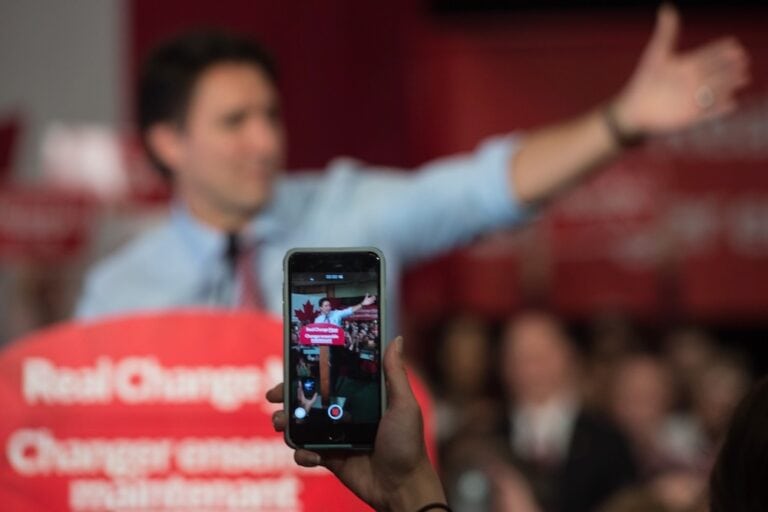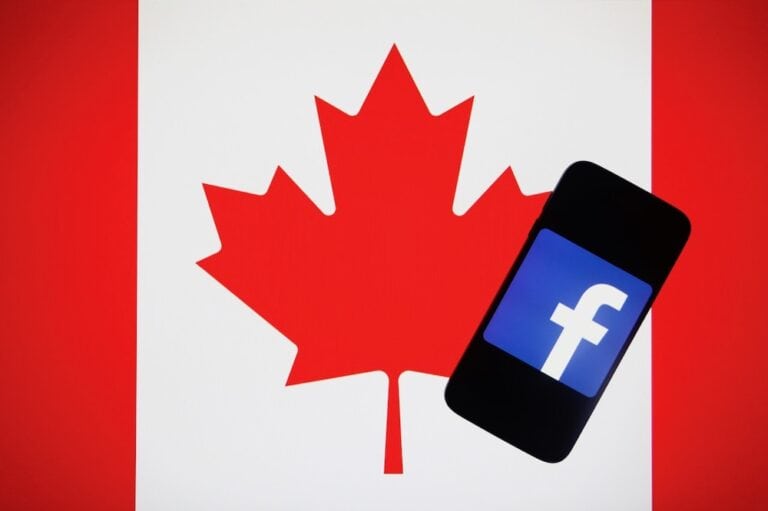(CCPJ/IFEX) – The role of Canada’s Prime Minister Jean Chrétien is being questioned in a violent clampdown on protesters at last November’s Asia-Pacific Economic Cooperation (APEC) meetings in Vancouver, British Columbia. Protesters were arrested and pepper-sprayed by officers of the Royal Canadian Mounted Police (RCMP), mostly for protesting against Indonesian dictator Suharto, who was attending […]
(CCPJ/IFEX) – The role of Canada’s Prime Minister Jean Chrétien is being
questioned in a violent clampdown on protesters at last November’s
Asia-Pacific Economic Cooperation (APEC) meetings in Vancouver, British
Columbia. Protesters were arrested and pepper-sprayed by officers of the
Royal Canadian Mounted Police (RCMP), mostly for protesting against
Indonesian dictator Suharto, who was attending the APEC summit. Some of the
49 demonstrators arrested were displaying signs, including one calling for
free speech.
** Updates IFEX alert dated 9 December 1997**
The RCMP Public Complaints Commission is currently investigating the
crackdown on protesters, although critics have called for an independent
inquiry. Nonetheless, the Prime Minister could be subpoenaed to testify even
though he has publicly stated that he was not involved in plans to silence
protests.
However, after almost a year, secret memos and letters have come to light
revealing the Prime Minister’s alleged involvement in trying to prevent
President Suharto from being “embarrassed” by Canadian demonstrators. Memos
initiating from the Prime Minister’s Office (PMO) show direct involvement in
having protesters removed who had erected a tent city in protest over APEC
meetings being held at the University of British Columbia (UBC).
“The Globe and Mail” reports on 21 September 1998 that a note written by
government official Patricia Hassard of the Privy Council Office says
Chrétien wanted “to be personally involved” in the security arrangements at
APEC.
Members of the Canadian government reportedly offered assurances that no
demonstrators would get close enough to Suharto to either harm him or
embarrass him. Newspaper reports speculate that Canadian officials were
reportedly concerned about the trade implications of upsetting Suharto.
In the ongoing negotiations over Suharto’s security preparations, “The
Toronto Star” reports on 19 September 1998 that “Indonesian officials were
so concerned about protecting Suharto that they asked Canadian officials
what would happen if an Indonesian security guard shot a student protester.
Canada agreed to allow the bodyguards to carry holstered weapons but asked
that they be kept concealed.” The Indonesians were reportedly told that it
would not be acceptable to shoot any demonstrators.
Background Information
In a memo distributed during the first week of December 1997, the RCMP
justified its use of pepper spray on university students and other
demonstrators on 25 November 1997, during the APEC forum in Vancouver. The
RCMP memo also justifies officers’ actions in removing demonstrators’ signs.
According to the memo, the signs were not removed because of their content,
but rather because the RCMP was concerned about signs that could be broken
and used as weapons.
However, the RCMP did acknowledge that it had made a mistake by arresting
some demonstrators and requiring them to promise not to protest or attend
any other demonstration before they were released. “Although it was not
intended that these arrested persons be prevented from exercising their
rights to freedom of expression and association, the wording of this
particular condition nonetheless had that effect. It was a mistake which
will not be repeated,” the memo states.
The RCMP claimed that it had no choice but to spray the demonstrators, since
they were blocking a road that was about to be used by some dignitaries. The
officers had to clear the way, the memo states.
Among the demonstrators harassed by police was Craig Jones, a resident law
student at UBC. Jones was arrested on 25 November at the University a couple
of hours before the anti-APEC demonstration that prompted the police
response using pepper spray. Jones was standing on his front lawn holding a
sign that said “Free Speech” beyond the boundary of the security area laid
out by police. After refusing to hand over the sign to an RCMP inspector,
Jones was reportedly wrestled to the ground by three officers and taken away
in handcuffs. He was released without charge after fourteen hours.
At the time of Jones’s arrest, police reportedly confiscated signs from
other resident students. Their signs included two made of cardboard, one
made of a bedsheet, and one that was sheets of paper laid out on the
sidewalk and arranged to spell out the words HUMAN RIGHTS.
In spite of the RCMP memo, controversy surrounds the actions by police
towards the demonstrators. The RCMP has been criticised for not waiting
several minutes before using the pepper spray. In addition, it is alleged
that officers sprayed several people as they were leaving the protest.
Chrétien was widely criticised for his apparently insensitive response to
the use of pepper spray by RCMP officers. When questioned by reporters over
the incident, Chrétien said that he understood their protests. “I did that
myself, too, when I was a student. But now I’m not a student any longer. We
had to run the meeting properly,” he said. Asked if he would also have been
maced as a student, Chrétien, taken aback, said, “This technique did not
exist in those days,” he said. “For me, pepper, I put it on my plate.”
Recommended Action
Send appeals to the Hon. Anne McLellan, Minister of Justice:
intimidation of protesters at the APEC meetings, including the extent of the
Prime Minister’s involvement
protesters if the RCMP Public Complaints Commission is unable to bring those
truly responsible to justice
Appeals To
Hon. Anne McLellan
Minister of Justice
House of Commons
Ottawa, Ontario
K1A 0A6
Canada
Fax: +1 613 990 7255cc. Philip Murray
RCMP Commissioner
Ottawa, Ontario
Canada
Fax: +1 613 993 0260
Please copy appeals to the source if possible.


